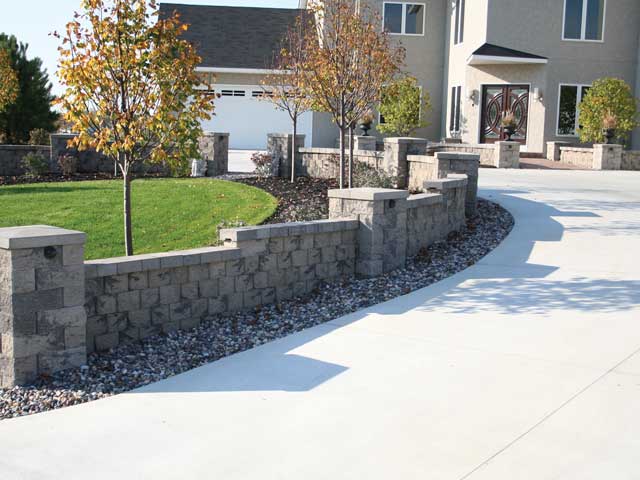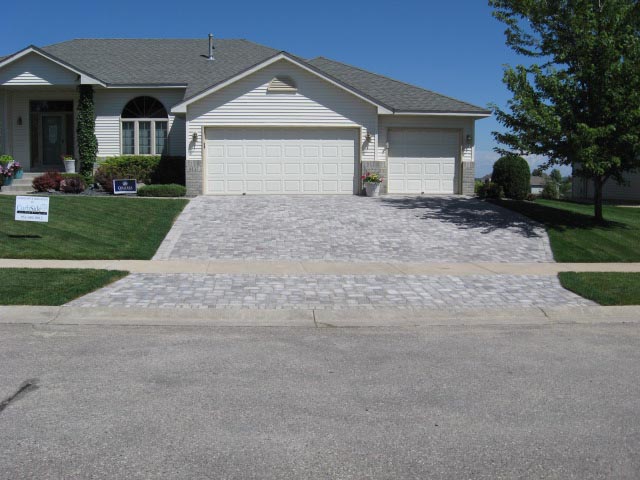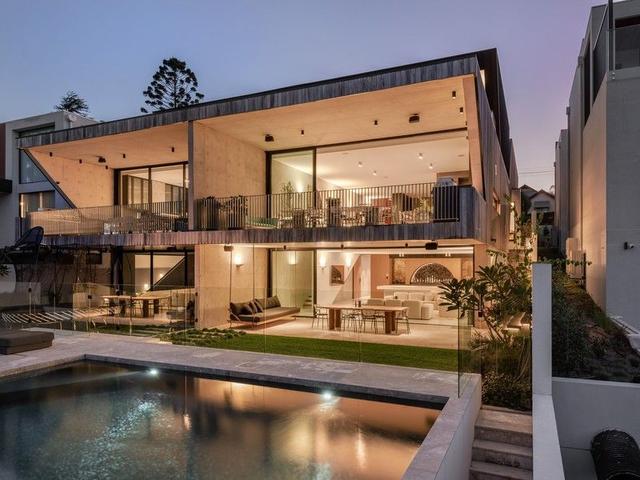Principles Of Landscape Design
Whether you plan to “borrow concepts” or intend on creating your own landscaping style, you must contend the really the very least a standard understanding of the concepts of landscape design.
Don’t really feel that you need to use every concept to every part of your strategy. Simply having an understanding of these principles can help you produce ideas and boost your imagination.
Terrific landscaping depends on the eyes of the its maker. So, while the concepts of landscape design are fantastic guidelines to follow, do not feel like they’re the “have to policies” of landscaping. Abstract and imagination are permitted.
Unity must be among your main goals in your style. It might be better comprehended as well as used as uniformity and repeating. Repetition produces unity by duplicating alike elements like plants, plant groups, or decoration throughout the landscape. Consistency develops unity in the sense that some or all of the different aspects of the landscape meshed to develop a whole.
Unity can be developed by the uniformity of character of elements in the layout. By personality, I mean the size, height, appearance, color pattern, etc. of different elements.
A fine example would remain in using accent rocks and also boulders. If you have actually ever before seen a landscape style that had several different shades as well as sizes of stones, after that you have actually seen that unity wasn’t created by this particular component.
This is simply one instance but the principle applies to all other elements such as groups of plants as well as products.
A straightforward way to produce unity in your landscape is by creating style gardens. Creating a theme garden is simpler when it relates to something you’re interested in or want.
If you have an interest in butterflies for example, you could produce a style utilizing plants that draw in butterflies as well as using statuaries, accessories, and also other decor that are related to butterflies.

Unity ought to be expressed via at least one component in your landscape as well as preferably a lot more. Utilizing elements to express a main point through regular design and also a details theme is what develops harmony.
Simplicity is really one of the concepts in design as well as art. It is among the most effective guidelines you can follow as a beginner or do it yourselfer. Simply keep points basic to start with. You can do even more later on.
Simplicity in planting, for instance, would be to select 2 or three colors and duplicate them throughout the garden or landscape. Maintaining style to a minimum and also within a particular motif along with keeping hardscapes such as rocks regular is likewise practicing simplicity.
Equilibrium in design is equally as words suggests. A sense of equality. There are essentially 2 kinds of balance in landscape style. Balanced as well as Unbalanced.
In proportion equilibrium is where there are essentially just as spaced coordinating aspects, areas, and also forms of the yard design. With a yard equally split, both sides could share all or part of the very same shape, form, plant height, plant groups, shades, bed forms, theme, and so on. Check out this Drive and Patio Builder by clicking on the link.
You may keep in mind producing something similar to this when you were a kid in art course at institution. Where you take a piece of paper, sprinkle paint on it, fold it in half, unravel it, and then it amazingly produces an interesting symmetrical style. So symmetrical equilibrium or design is somewhat of a mirror image or representation.
Unbalanced balance on the other hand is among the concepts of landscape design that’s a bit extra complicated. While structures, types, colors, etc. may continue to be continuous to develop some unity, forms and hardscapes might be extra arbitrary. This kind of balance usually has separate or various motifs with each having an equivalent however various kind of attraction.
Unbalanced may be much better comprehended as actually being unbalanced, abstract, or free kind while still producing unity and balance through the repeating of some aspects.
A fine example of this would be where bed forms or courses vary on both sides of the landscape splitting line while still sharing several of the same components and plants. One side could be bent with a feeling of flow while the other side is straight, straight, difficult, and also completely opposite. Once more, unity and balance will certainly be created via other elements.
Contrast can be really intriguing as well as this kind of type can develop a cool comparison. Streaming lines are pleasing to the eye but the bold contrast of a curve incorporated with a straight line can be very interesting.
Unbalanced equilibrium isn’t depending on the form of your yard. It can be however generally it’s not.
An instance could be where one side of the yard is mainly large shade trees while the other side is predominately a reduced expanding blossom yard or perhaps a mix of both examples. Like I specified earlier, the landscaping can be abstract while still preserving unity with various other components such as rocks, plants, and also style.
Comparison and harmony can also be achieved utilizing plants. Great vegetation knowledgeables coarser vegetation, round leaves verses increased leaves in addition to shade compliments and also contrasts.
Plant elevation, color, as well as appearance may be differed from one location to the following however each area should remain regular within its own motif.
You’ll hear me talk about “styles” a great deal. Lots of effective do it on your own designs comply with a fundamental theme to attain the majority of the concepts of landscape design described on this page. It’s a straightforward beginning factor for do it yourselfers that can be added to later.




